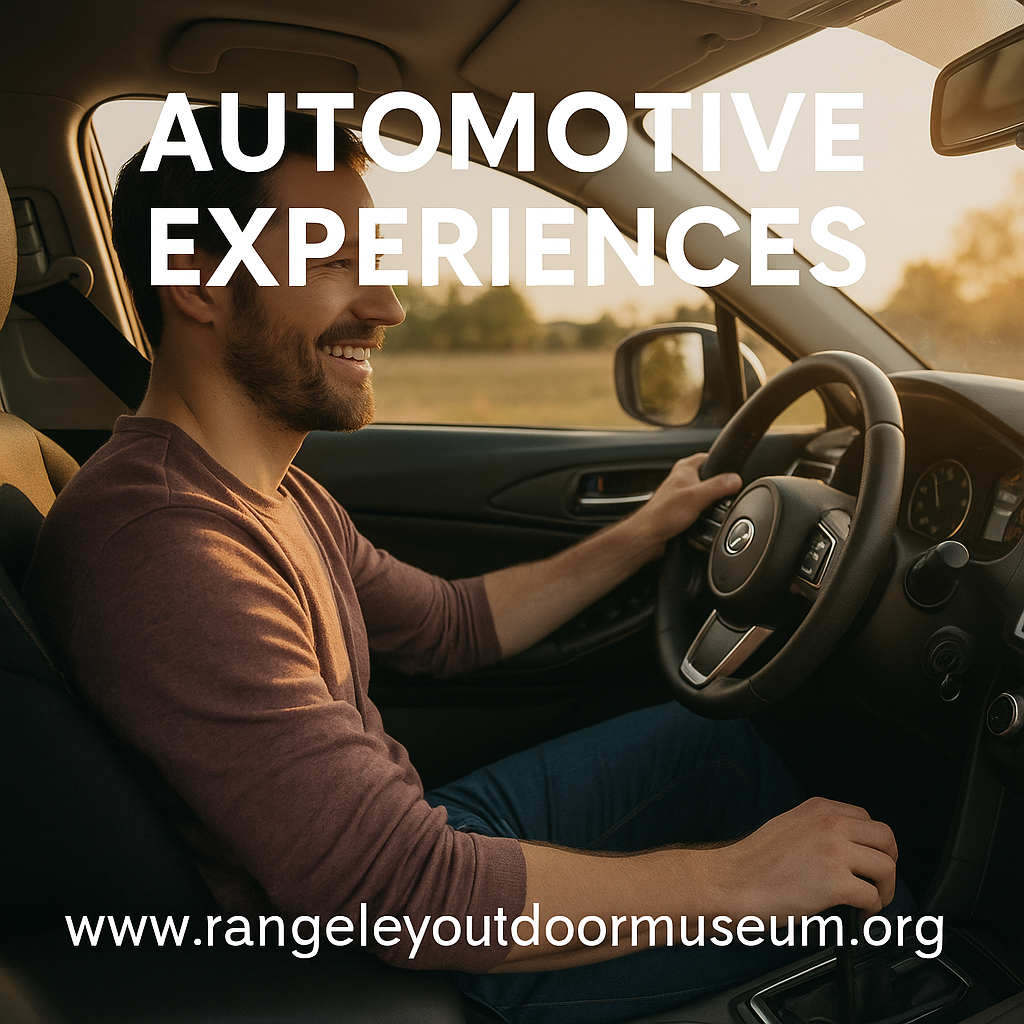Learning to drive is a significant milestone in one’s life, symbolizing newfound independence and mobility. However, for many, it can also be a daunting experience filled with challenges and uncertainties. Whether you’re a teenager eagerly awaiting your driver’s license or an adult looking to acquire this valuable skill later in life, the initial stages of learning to drive can be both exciting and overwhelming. In this article, we will explore five common difficulties people encounter when they first start learning to drive.
Nervousness and Anxiety
One of the most prevalent challenges when learning to drive for the first time is dealing with nervousness and anxiety. The thought of operating a machine as large and potentially dangerous as a car can understandably make anyone feel uneasy. New drivers often worry about making mistakes, causing accidents, or simply feeling overwhelmed by the responsibility of controlling a vehicle. Overcoming this nervousness is a gradual process, and it typically involves practice, patience, and the guidance of a skilled instructor or a patient friend or family member.
Drive Coordination and Control
Another hurdle faced by novice drivers is developing the necessary coordination and control skills. Operating a car involves using all four limbs simultaneously – your hands on the steering wheel, your right foot on the gas and brake pedals, and your left foot managing the clutch (if driving a manual transmission vehicle). Coordinating these movements can be challenging, and it often takes time for beginners to become comfortable with them. Fortunately, regular practice in a safe environment can help improve coordination and control.
Navigating Traffic and Road Rules
Learning to navigate traffic and understanding the rules of the road is a significant challenge for new drivers. The road can be a chaotic place, with other vehicles, pedestrians, and a multitude of signs and signals demanding your attention. Understanding and obeying traffic laws, such as stop signs, speed limits, and right-of-way rules, is crucial for both your safety and the safety of others on the road. To overcome this challenge, new drivers should invest time in studying the driver’s handbook, taking driving courses, and practicing in different traffic situations.
Parking Drive Maneuvers
Parking can be a nightmare for many new drivers. Parallel parking, perpendicular parking, and angle parking all require precise spatial awareness and coordination. Furthermore, parking spaces are often tight, leaving little room for error. Many drivers dread the prospect of parking and may even avoid it whenever possible. However, with practice, parking can become a less daunting task. Novice drivers should practice parking in various scenarios to build confidence in their abilities.
Managing Distractions
In today’s digital age, distractions from smartphones and other electronic devices have become a significant challenge for drivers of all experience levels. However, for new drivers, resisting the temptation to check messages, answer calls, or adjust music playlists can be particularly challenging. Distractions divert attention from the road, increasing the risk of accidents. Learning to manage distractions is a vital skill for new drivers, and it’s essential to emphasize the importance of keeping one’s focus on the road at all times.
In conclusion, learning to drive is a rite of passage that comes with its fair share of challenges. Nervousness, coordination and control difficulties, navigating traffic and road rules, parking maneuvers, and managing distractions are all common hurdles faced by novice drivers. However, with the right mindset, determination, and practice, these challenges can be overcome. Remember that learning to drive is not just about acquiring a license. It’s about developing the skills and responsible attitudes necessary for a lifetime of safe and confident driving.




